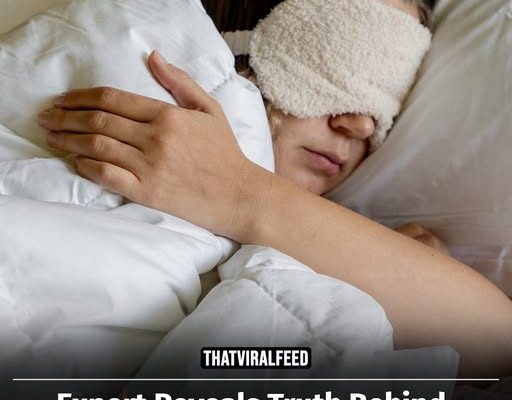This phenomenon is linked to the so-called orgasm gap, and unfortunately, women often find themselves on the losing side of that statistic.
According to Psychology Today, in heterosexual encounters, only between 50 and 70 percent of women report climaxing, compared to around 95 percent of men. It’s a frustrating imbalance that has been discussed for years.
Speaking on the Just Between Us podcast, Diana Vickers, known for her time on the UK’s version of The X Factor, shared that these moments can be so intense they actually wake her up.
“Sometimes I’m asleep and then I’ll wake up having an orgasm — it’ll wake me up,” she revealed, adding: “I don’t know whether the dream is very sexy, or what’s going on, but I’ll open my eyes and have to attend to the fact it’s happening. It happened to me this morning.”

“They’re a healthy part of sexual function, often linked to erotic dreams or subconscious arousal,” she told Metro Online.
Dr. Patel explained that these nighttime orgasms are most likely to happen during REM sleep, the stage where your eyes move rapidly, your brain activity peaks, and vivid — sometimes sensual — dreams are most likely to occur.
Going into more detail about the process, she added: “Your brain being highly active is to process emotions, memories, and vivid dreams.”

“Despite this, your body will remain mostly paralysed to prevent you acting out dreams.”
While you might assume that a racy dream is necessary to trigger such an event, that’s not always the case. In fact, some sleepgasms can occur completely out of the blue.
“This means sleepgasms can occur quite spontaneously, likely triggered by things like body positioning or even hormonal shifts.”



